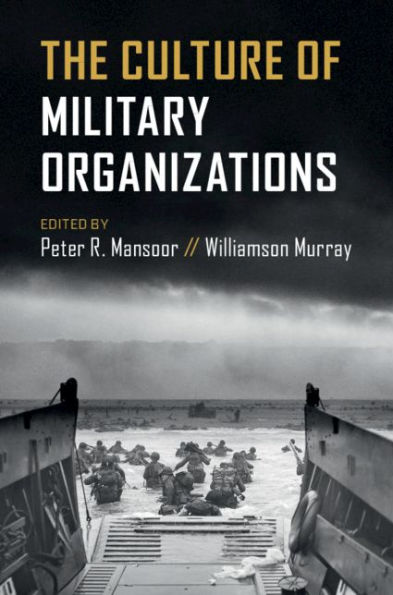Culture has an enormous influence on military organizations and their success or failure in war. Cultural biases often result in unstated assumptions that have a deep impact on the making of strategy, operational planning, doctrinal creation, and the organization and training of armed forces. Except in unique circumstances culture grows slowly, embedding so deeply that members often act unconsciously according to its dictates. Of all the factors that are involved in military effectiveness, culture is perhaps the most important. Yet, it also remains the most difficult to describe and understand, because it entails so many external factors that impinge, warp, and distort its formation and continuities. The sixteen case studies in this volume examine the culture of armies, navies, and air forces from the Civil War to the Iraq War and how and why culture affected their performance in the ultimate arbitration of war.
1135310639
The Culture of Military Organizations
Culture has an enormous influence on military organizations and their success or failure in war. Cultural biases often result in unstated assumptions that have a deep impact on the making of strategy, operational planning, doctrinal creation, and the organization and training of armed forces. Except in unique circumstances culture grows slowly, embedding so deeply that members often act unconsciously according to its dictates. Of all the factors that are involved in military effectiveness, culture is perhaps the most important. Yet, it also remains the most difficult to describe and understand, because it entails so many external factors that impinge, warp, and distort its formation and continuities. The sixteen case studies in this volume examine the culture of armies, navies, and air forces from the Civil War to the Iraq War and how and why culture affected their performance in the ultimate arbitration of war.
42.0
In Stock
5
1

The Culture of Military Organizations

The Culture of Military Organizations
Related collections and offers
42.0
In Stock

Product Details
| ISBN-13: | 9781108619448 |
|---|---|
| Publisher: | Cambridge University Press |
| Publication date: | 10/17/2019 |
| Sold by: | Barnes & Noble |
| Format: | eBook |
| File size: | 3 MB |
About the Author
From the B&N Reads Blog
